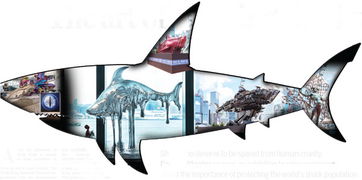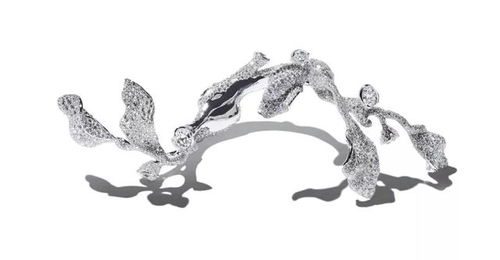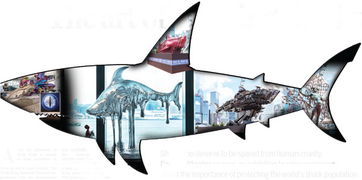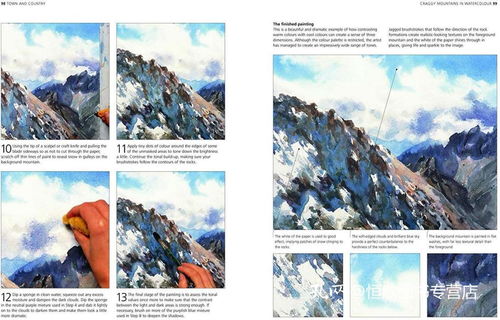In the serene pursuit of angling, there's more to catching a fish than simply casting a line into the water. The world of fishing is rich with techniques, strategies, and tips that can transform a casual hobby into a fulfilling and successful pastime. Whether you're a seasoned angler or a beginner looking to improve your skills, here's a comprehensive guide to mastering the art of fishing, complete with images to illustrate key points.
Understanding Your Environment
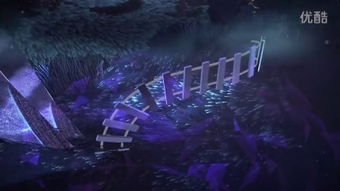
The first step in mastering fishing techniques is to understand the environment in which you'll be fishing. Different bodies of water, such as lakes, rivers, and oceans, offer unique challenges and opportunities. For instance:
- Lakes: Look for areas with submerged structures like rocks, logs, and weed beds, as these are prime spots for fish to hide and feed.
- Rivers: Focus on the slower-moving water where fish congregate, such as pools and eddies.
- Oceans: Tackle deeper waters and look for structures like reefs, wrecks, and drop-offs where fish often gather.
Choosing the Right Gear
The right equipment can make a significant difference in your fishing success. Here are some essential items to consider:
- Rod and Reel: Select a rod and reel that match the type of fishing you'll be doing. Lightweight spinning rods are great for freshwater fishing, while heavier baitcasting rods are better for larger fish in saltwater.
- Line: The type of line you use depends on the fish you're targeting. Monofilament is versatile and floats, while fluorocarbon is nearly invisible to fish and sinks well.
- Hooks: Choose the right size and shape of hooks based on the species you're targeting. Larger hooks are suitable for bigger fish, while smaller hooks are better for smaller prey.
Techniques for Different Species
Each species of fish may require a different approach. Here are some general tips:
- Bass: Use lures that mimic natural prey, such as insects or small fish. Cast into areas with cover and retrieve the lure in a way that mimics the natural movement of the prey.
- Trout: Trout are often found in slow-moving water. Use a fly rod and a fly that resembles the insects they feed on. Present the fly in a methodical and patient manner.
- Salmon: Salmon are powerful fish that require strong tackle. Use heavy-duty rods and reels, and set the hook firmly but gently to avoid breaking it off.
Timing and Weather Conditions
Understanding the timing and weather conditions can greatly increase your chances of success:
- Season: Fish are more active during certain times of the year. For example, bass are often more active during the spring and fall.
- Weather: Overcast days and cooler temperatures can stimulate fish activity. Fish often feed more during these conditions.
- Tides: For saltwater fishing, the tides can significantly impact where fish are located. Fish tend to be more active during the rising and falling tides.
The Art of Casting
Casting is a fundamental skill in fishing. Here are some tips to improve your casting technique:
- Practice: Spend time practicing your casting in open areas to develop a smooth and accurate cast.
- Backcast: Learn to make a proper backcast to ensure your line lands where you want it.
- Timing: Pay attention to the timing of your cast. The release should be smooth and at the right moment to avoid line tangles.
Using Live Bait and Lures
Whether you're using live bait or artificial lures, the key is to present them in a way that looks natural to the fish:
- Live Bait: Use bait that the fish in your area naturally feed on. Make sure the bait is fresh and lively.
- Lures: Choose lures that mimic the movement and appearance of the fish's natural prey. Experiment with different retrieves and speeds to see what works best.
Safety and Etiquette
Always prioritize safety and good angling etiquette:
- Safety: Wear a life jacket if you're fishing from a boat, and be aware of your surroundings to avoid accidents.
- Etiquette: Respect the environment and other anglers. Keep your area clean and practice catch-and-release when appropriate.
Conclusion
Fishing is a skill that takes time to develop, but with the right knowledge and practice, you can improve your chances of success. By understanding your environment, choosing the right gear, mastering techniques, and being patient, you'll be well on your way to becoming a skilled angler. The images below illustrate some of the key points discussed in this article, helping you visualize the techniques and strategies for success.
[Insert images illustrating casting techniques, choosing the right gear, different fishing environments, and more.]
Remember, fishing is not just about catching fish; it's about enjoying the outdoors, connecting with nature, and the satisfaction of mastering a timeless skill. Happy fishing!


